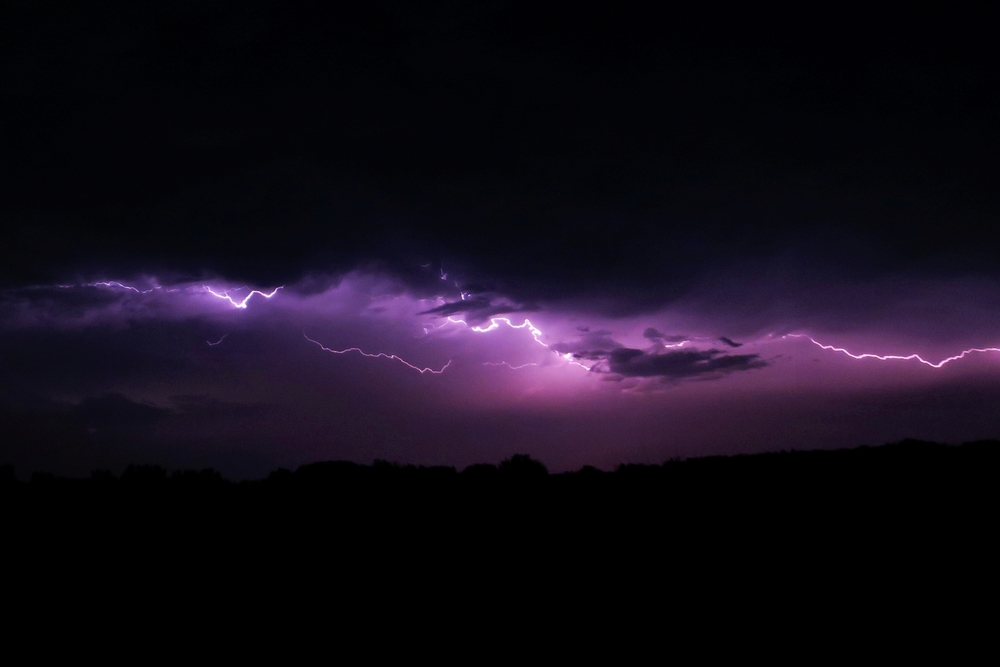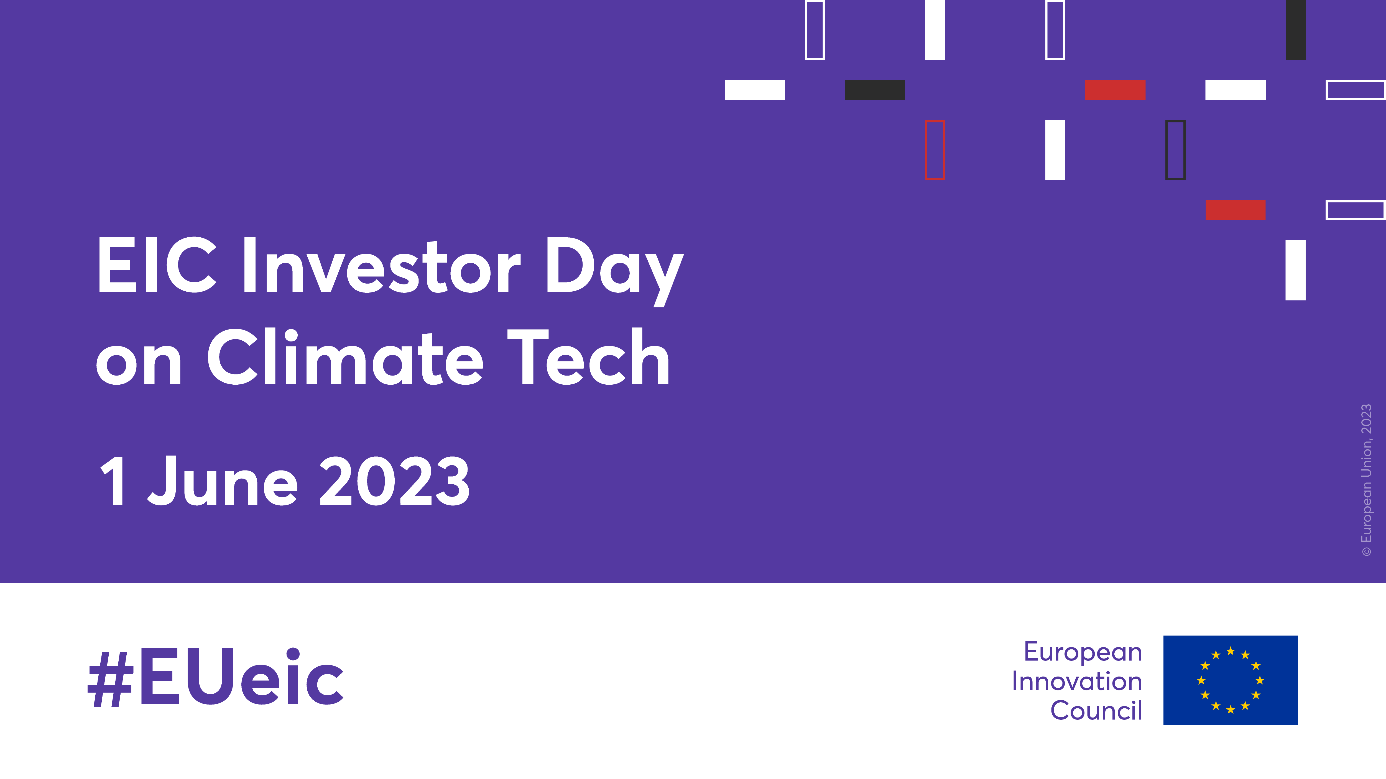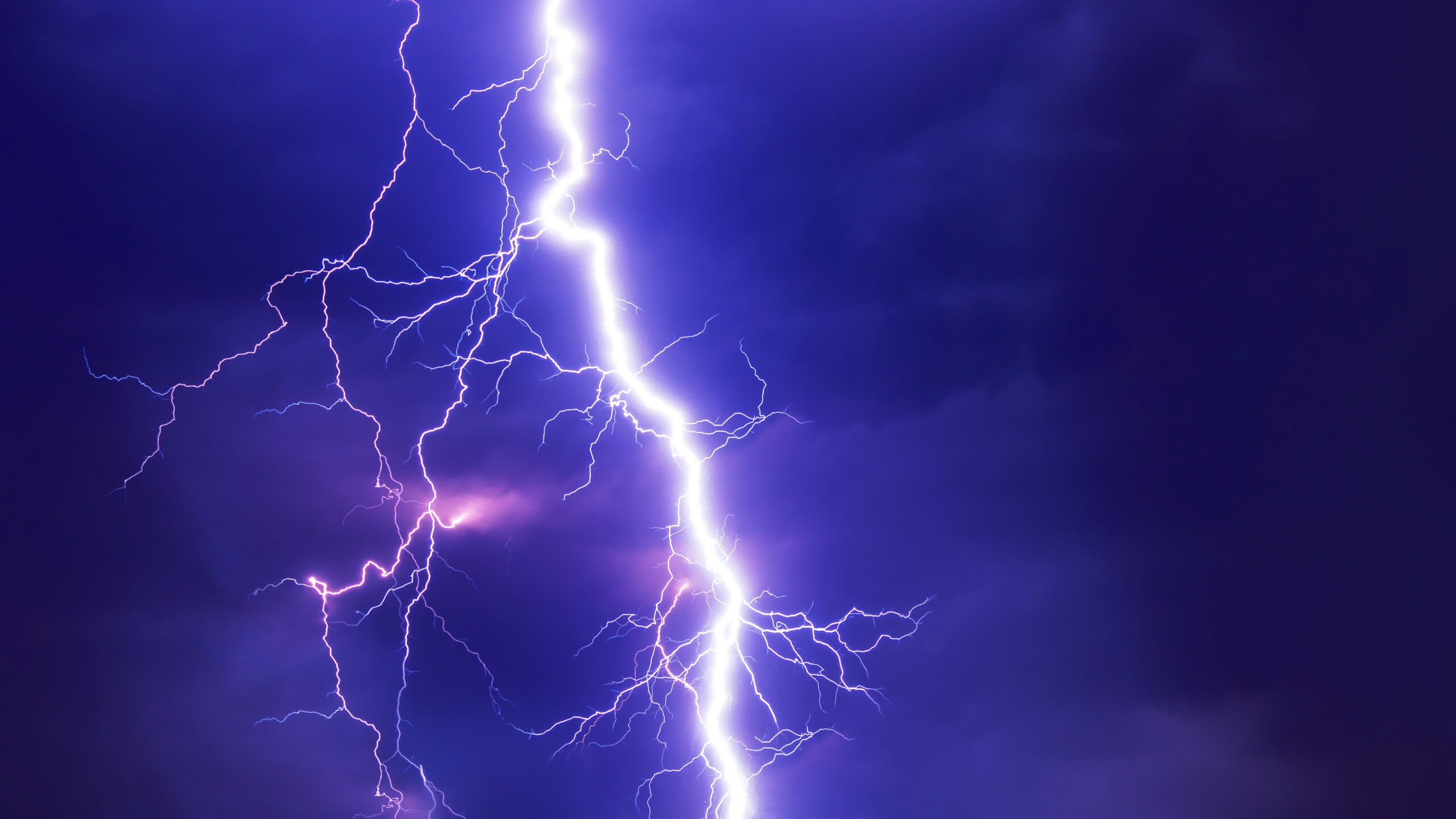
CATCHER: Harnessing atmospheric moisture to power clean energy revolution in the EU
As the EU strives to become climate neutral by mid-century, the CATCHER project addresses a potential obstacle: The limited number of renewable energy sources that will make it possible for the EU to move away from fossil fuels. The project is aimed at diversifying clean energy sources by perfecting a new process that is successfully converting atmospheric moisture into electricity. The technique involves harvesting tiny charges of static electricity contained in the atmosphere’s ubiquitous water vapor molecules. This process is known as hygroelectricity or moisture electricity. The new renewable energy source will enable to radical increase in the efficiency and possibilities of the transition to clean energy.
Fulfilling Tesla´s dream
The initial idea of the project is based on a vision by Serbian-American inventor Nikola Tesla, who dreamed of producing energy from air and went on to conduct a series of experiments to capture electrical charges from the atmosphere and transform them into electric current.
Since Tesla’s time, the scientific community has deepened its understanding of how electricity is formed and released into the atmosphere, and it has come to discover that water vapor can carry electric charges. Such know-how could give a new impetus to the EU, which gets about 22% of its energy from renewable sources. It is now in the process of being confirmed that the target set for the end of this decade for the use of such sources, including hydroelectricity, will be raised to 45%. However, if Europe is to become climate neutral by 2050, renewables will have to play an even greater role and, in this respect, hydroelectricity would expand the EU’s alternative options to oil, natural gas and coal.
CATCHER, funded by the European Innovation Council’s PATHFINDER program, brings together eight partners from six European countries to explore this possibility. The general idea of the project may be the same as Tesla’s, but the technology used by CATCHER is very different. To capture energy from atmospheric moisture, the project uses cells similar to those in solar panels, which are made of zirconium oxide, a hard crystalline material. Zirconium oxide is a ceramic material commonly used in dental implants, sophisticated glassy materials, electronics and coatings for nuclear fuel rods.
State of research
A couple of years ago, a research group began to observe evidence of hygroelectricity by exploring the properties of nanomaterials made of zirconium oxide.
At present, research in the CATCHER project has reached the point where it has been possible to generate, by means of an eight by five-centimeter plate of her material, about 0.9 volts of electricity in a laboratory with a humidity of about 50 percent. This amount of energy is comparable to the power output of half an AA battery.
The team, which is now looking to increase the efficiency of its hygroelectric material, expects that the cells, once perfected, will be able to produce the same amount of electricity as photovoltaic cells of the same size. They also believe that they can be used in a similar way to solar panels: in large-scale photovoltaic parks or as a single-use energy source in buildings.
The nanostructure generates electric fields inside the capillaries that separate the charge from the water molecules absorbed from the atmosphere. The result is a cascade of physicochemical, physical and electrophysical processes that capture electrical energy. There is one aspect in which this new technology has an advantage over solar and wind energy. While panels and turbines must be installed in specific locations with sunlight and wind, hygroelectric cells can be placed anywhere, since there is little variation in humidity levels in the same area.
Hygroelectric cells are, however, not necessarily a viable option in all locations, as they do require minimum levels of humidity to function. For instance, if the outside temperature is minus 15 degrees, everything will be frozen and there will be no water in the air.
Heating and cooling in the SSHARE project
The coordinators of the CATCHER project are in parallel working in the EU-funded SSHARE project, which is also using the benefits of hygroelectricity, working on real-world applications by incorporating hygroelectricity cells into a heating and cooling system. The main focus is to apply the technologies in buildings, as they are the primary consumers of energy, which underscores the importance of net-zero buildings amid rising energy prices, energy independence and the impact of climate change. Synergies between CATCHER and SSHARE will eventually contribute to EU policy in terms of energy independence.
Links
CATCHER Website
Following Tesla’s dream of generating electricity from air
Realising a century old-dream to make electricity from air
SSHARE project


